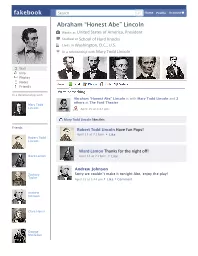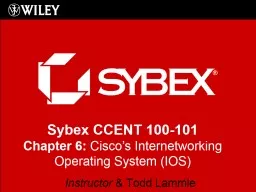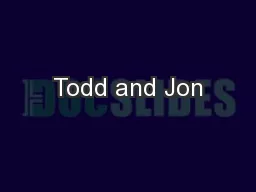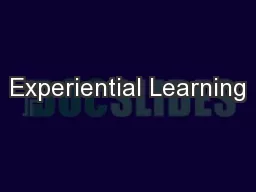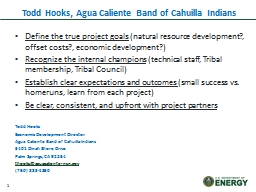PPT-Todd Holmquist-Sutherland
Author : liane-varnes | Published Date : 2018-09-17
Principal Group Program Manager Azure Service Bus Team Paolo Salvatori Principal Program Manager Azure Customer Account Team The Internet of Things with Azure Service
Presentation Embed Code
Download Presentation
Download Presentation The PPT/PDF document "Todd Holmquist-Sutherland" is the property of its rightful owner. Permission is granted to download and print the materials on this website for personal, non-commercial use only, and to display it on your personal computer provided you do not modify the materials and that you retain all copyright notices contained in the materials. By downloading content from our website, you accept the terms of this agreement.
Todd Holmquist-Sutherland: Transcript
Download Rules Of Document
"Todd Holmquist-Sutherland"The content belongs to its owner. You may download and print it for personal use, without modification, and keep all copyright notices. By downloading, you agree to these terms.
Related Documents


